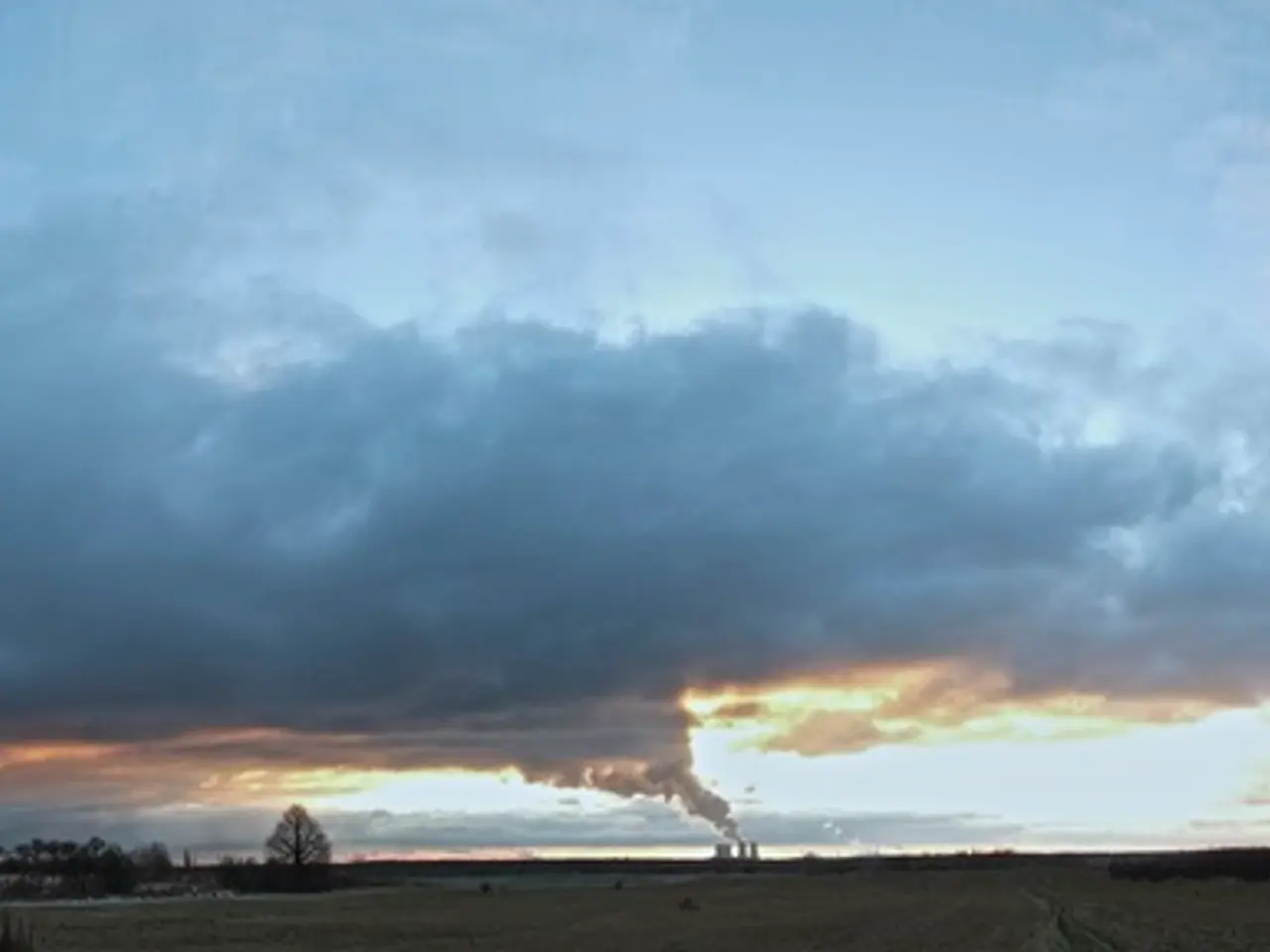Intense Heat, Hot Temperatures, and Cyclone "Floris"...
Summer Heat Wave Hits France and Spain
France and Spain are bracing themselves for a significant heat wave in August, with temperatures predicted to soar into the high 30s Celsius and potentially exceed 40 degrees in certain regions.
The heat wave originates from a strong subtropical ridge dominating southern and central Europe, bringing warmer-than-normal air masses and drought conditions. This pattern has already led to heat extremes earlier in the summer, with several days over 40°C recorded in southwestern and west-central Europe.
In France, the high-pressure system is leading to dry, hot conditions with limited precipitation expected through August, enhancing drought stress and heatwave impacts. The regions most affected include central and southeastern France, with key urban areas like Paris facing exceptionally high temperatures.
Paris is expected to reach temperatures up to around 37°C, but other regions, particularly in the southwest, could experience even higher temperatures. The heat wave could break records, according to meteorologists.
The peak of the heat wave in France is expected around Friday, August 9. However, before the heatwave, a chaotic event named Floris is expected to affect several French departments. Although the heat wave is not expected to be directly caused by the Floris storm, its remnants could reach the coasts, including those of Cotentin and Hauts-de-France, with gusts predicted at 90 km/h and scattered rain.
The heat wave could be particularly oppressive in urban areas, with a much higher temperature in cities than in rural areas. This is a common trend in prolonged European heat waves, which are becoming more frequent and lasting longer due to ongoing climate change.
Spain is also expected to experience a scorching episode, with temperatures in Andalusia predicted to exceed 42 degrees. The situation is particularly dire in the coastal regions of Cordoba and Seville, where temperatures could reach 45 degrees.
The Centre d'études et d'expertise sur les risques, l'environnement, la mobilité et l'aménagement (Cerema) published an interactive map in May to highlight urban heat islands, emphasizing the importance of planning and preparation for such events.
France is no stranger to heat waves, with a significant one occurring in August 2023, where temperatures reached into the high 30s Celsius, especially impacting central and southeastern regions. The heat wave contributed to regional record-level heat and drought conditions, with significant environmental and infrastructural impacts.
As the heat wave approaches, it is essential to take necessary precautions to stay safe and protect infrastructure. Stay hydrated, seek shade, and check on vulnerable individuals such as the elderly, young children, and pets. Businesses should also take steps to protect equipment and infrastructure from the heat.
[1] Climate Central [2] European Centre for Medium-Range Weather Forecasts [4] World Meteorological Organization
- The heat wave affecting France and Spain could be a consequence of climate change, as prolonged European heat waves are becoming more common and lasting longer, according to scientific research in environmental science.
- As meteorologists predict record-breaking temperatures due to the heat wave, it's crucial to monitor the climate-change impact on weather patterns to better understand and prepare for such extreme events.








